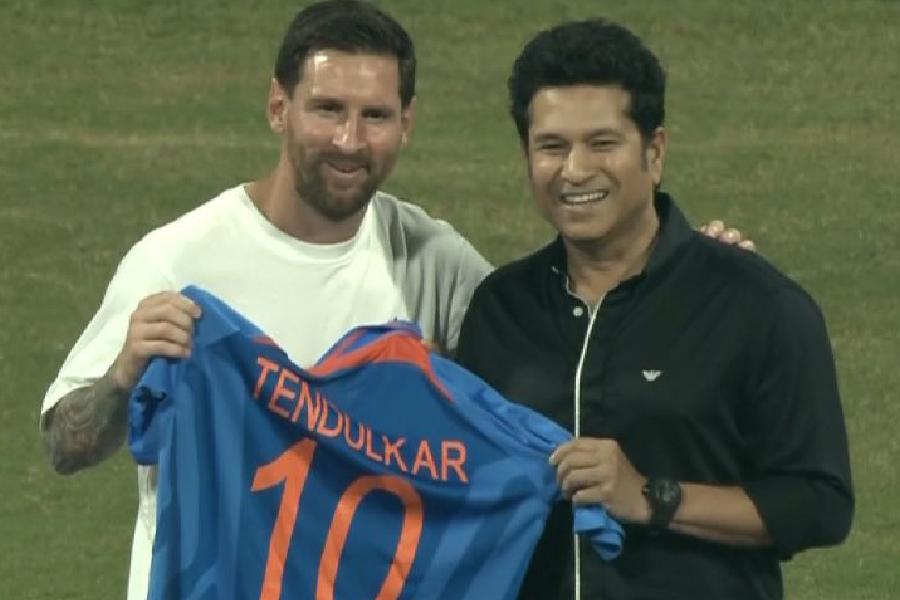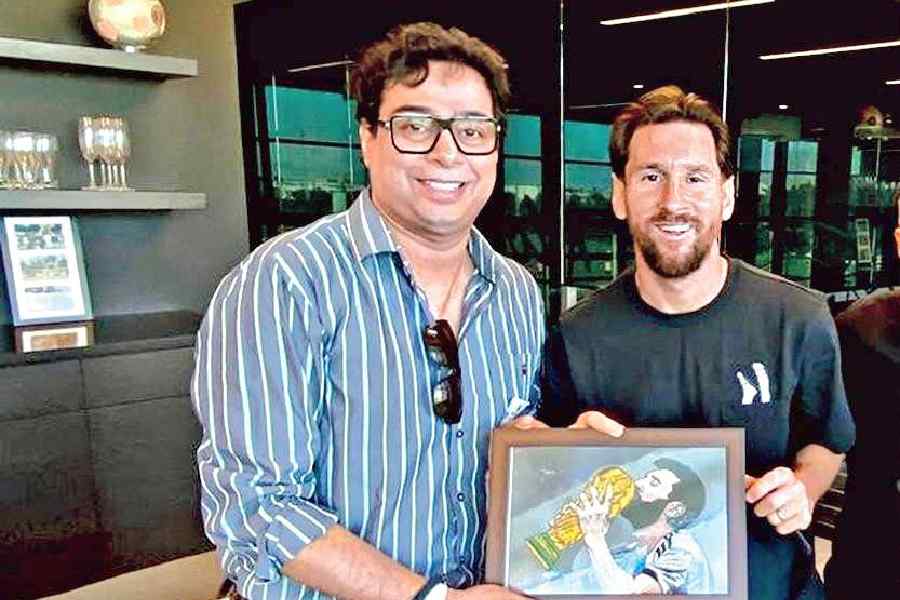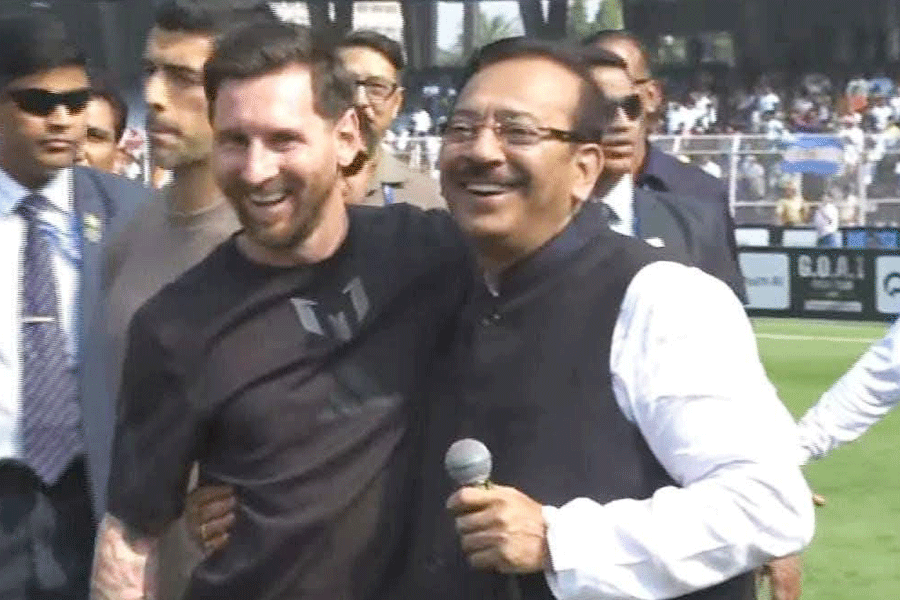 |
New Delhi, Jan. 10: Girish Wagh, the leader of the Tata Motors engineers who built the Nano, repeatedly used two words to describe how they helped turn Ratan Tata’s dream into reality.
“Team work... team work ... team work,” said the 37-year old mechanical engineer from Pune, who had once asserted that he would seek to institutionalise the “cost-down” efforts during the design and development phase to make a new product more cost competitive.
Tata today acknowledged the contribution of Wagh and his team of 500 engineers, calling him over to the dais near the car and introducing him at the unveiling ceremony.
 |
| Girish Wagh: Man behind the machine. Telegraph picture |
What Wagh chose to describe as team work could be a combination of innovation in design and development, component engineering, and the skilful management of vendors who are supplying components for the Nano.
Tata Motors has filed 34 patents on various design innovations that went into building the car, some of them relating to its engine, said Wagh, the head of the Small Car Project.
More than 100 vendors are contributing to the Nano, and Wagh indicated that some vendors are playing a role in reducing the cost of the car. “About 80 per cent of the cost is outsourced,” he said.
Bumper-to-bumper, the Nano is 7.05 per cent smaller than the Maruti 800 but provides 21 per cent more space inside. The smaller design of the body and its components means lower costs of materials.
The Nano is the first car to use a two-cylinder gasoline engine with a single balancer shaft. This lean design has helped minimise weight and maximise performance per unit of energy consumed.
Engineers associated with the project declined to share details of design innovations or how they helped reduce the costs.
 |
Wagh had three years ago helped produce Tata’s Ace, India’s first mini-truck — a project he had said was inspired by Tata’s intent to address the needs of those lying at the “bottom of the pyramid”.
Wagh said that long-term agreements “for volumes” have been inked with the vendors who are supplying components for the Tata Nano.
Automotive engineering analysts believe such long-term agreements would prompt vendors to explore strategies to reduce cost of the components.
After the Ace project, Wagh, indicating in a journal of management what he would do differently on a new product, had said: “Systematise and institutionalise the cost down efforts during the design and development phase to make the product more cost competitive.”











